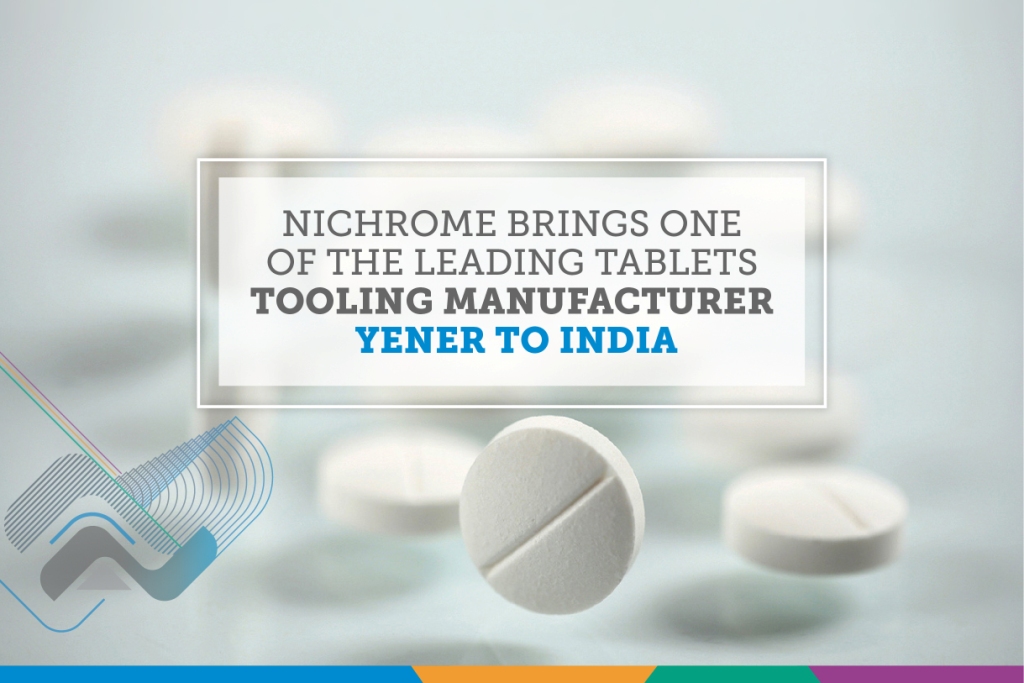Nichrome is a highly resistant material that can withstand very high temperatures. It has a low coefficient of thermal expansion, which means it does not expand much when heated. This makes it ideal for applications where thermal stability is critical, such as in heaters and electric ovens. Nichrome is also highly resistant to corrosion, and its surface does not oxidize. This makes it an ideal material for use in damp and humid environments.

Copper, on the other hand, is a highly conductive metal that is often used in electrical wiring. It has a low electrical resistance, allowing electric current to flow easily through it. Copper is also highly malleable and ductile, making it easy to shape and bend into various forms. Copper is an ideal material for heating elements that require quick heat transfer, such as in electric kettles, toasters, and coffee makers.
When it comes to electrical heating elements, Nichrome and copper are often used together in combination. This is because each material has its own unique set of properties that makes it ideal for certain heating applications. Combining Nichrome and copper allows for the creation of versatile heating elements that can perform a wide range of heating tasks.
One example of a heating element that uses Nichrome and copper is a resistive heating coil. A resistive heating coil typically consists of a copper wire coated with a layer of Nichrome. When an electrical current flows through the coil, the Nichrome layer offers high resistance to the current, causing it to heat up quickly. The copper wire, on the other hand, provides excellent heat transfer to the surrounding area, ensuring that the heat generated by the Nichrome layer is quickly transferred to the object being heated.
Another example of a heating element that uses Nichrome and copper is an electric kettle. The heating element in an electric kettle typically consists of a coil of Nichrome wire surrounded by a copper sheath. When the kettle is turned on, the electrical current flows through the Nichrome wire, causing it to heat up. The copper sheath transfers the heat generated by the Nichrome wire to the water in the kettle, quickly boiling it to the desired temperature.
In conclusion, Nichrome and copper are two materials commonly used in electrical heating elements. Nichrome offers high resistance to current and can withstand very high temperatures, making it ideal for applications where thermal stability is critical. Copper is highly conductive and provides excellent heat transfer, making it ideal for heating elements that require quick heat transfer. Combining Nichrome and copper allows for the creation of versatile heating elements that can perform a wide range of heating tasks. Whether you need to heat water for your morning coffee or roast a turkey for your Thanksgiving dinner, the right heating element can make all the difference.